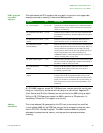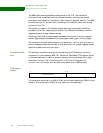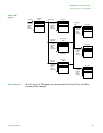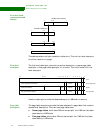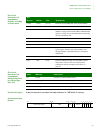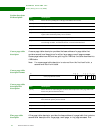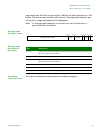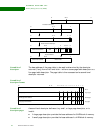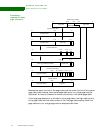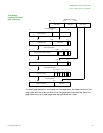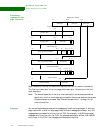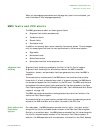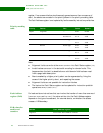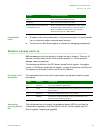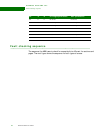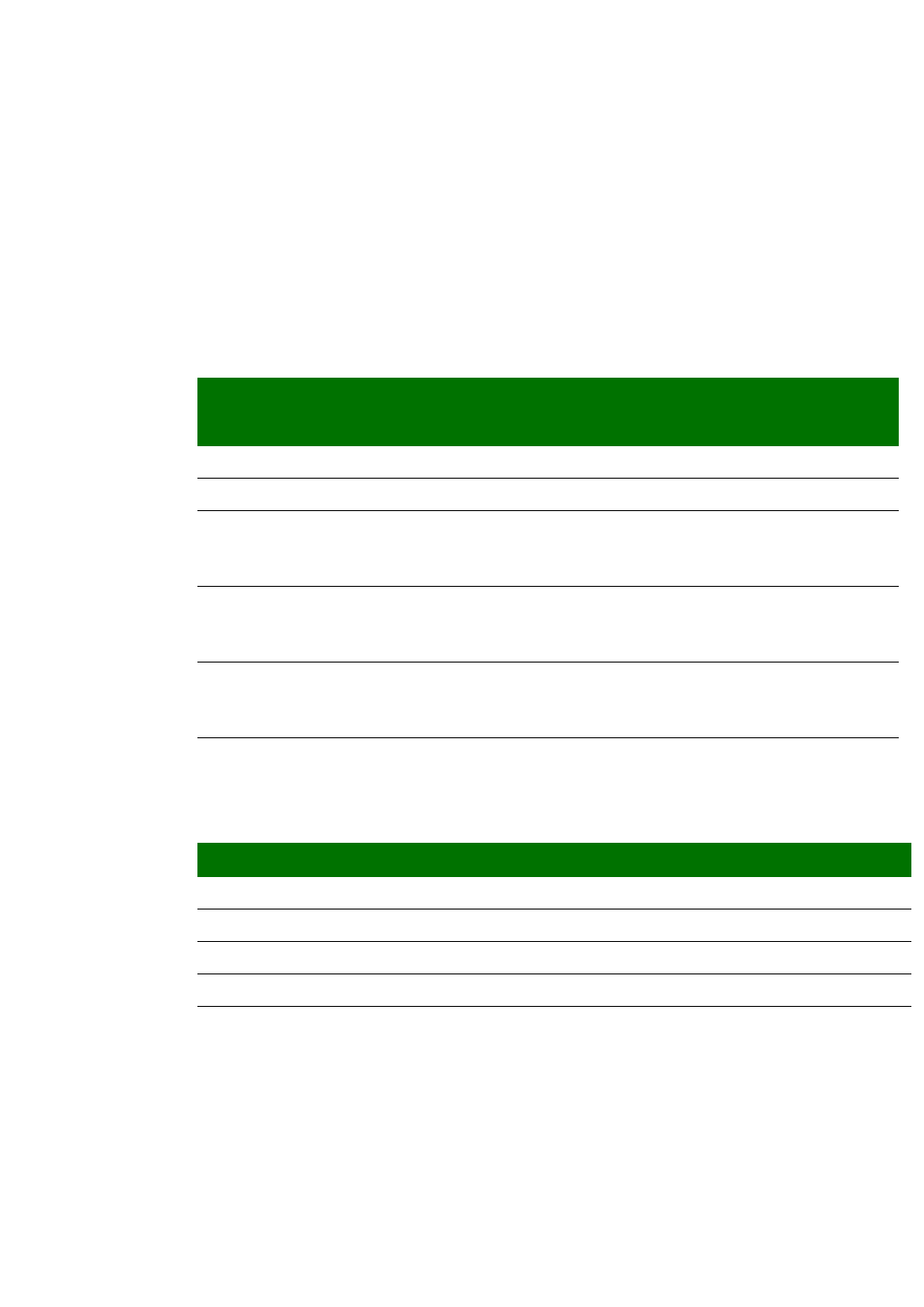
. . . . .
WORKING WITH THE CPU
MemoryManagement Unit (MMU)
www.digiembedded.com 115
A tiny page descriptor provides the base address of a 1 KB block of memory.
Coarse page tables provide base addresses for either small or large pages. Large
page descriptors must be repeated in 16 consecutive entries. Small page descriptors
must be repeated in each consecutive entry.
Fine page tables provide base addresses for large, small, or tiny pages. Large page
descriptors must be repeated in 64 consecutive entries. Small page descriptors must
be repeated in four consecutive entries. Tiny page descriptors must be repeated in
each consecutive entry.
Second-level
descriptor bit
assignments
Second-level
descriptor least
significant bits
The two least significant bits of the second-level descriptor indicate the descriptor
type, as shown in this table.
Note:
Tiny pages do not support subpage permissions and therefore have only one
set of access permission bits.
Bits
Large Small Tiny Description
[31:16] [31:12] [31:10] Form the corresponding bits of the physical address.
[15:12] --- [9:6]
SHOULD BE ZERO
[11:4] [11:4] [5:4] Access permission bits. See “Domain access control” on
page 121 and “Fault checking sequence” on page 122 for
information about interpreting the access permission bits.
[3:2] [3:2] [3:2] Indicate whether the area of memory mapped by this page
is treated as write-back cachable, write-through cachable,
noncached buffered, and noncached nonbuffered.
[1:0] [1:0] [1:0] Indicate the page size and validity, and are interpreted as
shown in “First-level descriptor bit assignments:
Interpreting first level descriptor bits [1:0]” on page 111.
Value Meaning Description
0 0 Invalid Generates a page translation fault.
0 1 Large page Indicates that this is a 64 KB page.
1 0 Small page Indicates that this is a 4 KB page.
1 1 Tiny page Indicates that this is a 1 KB page.



